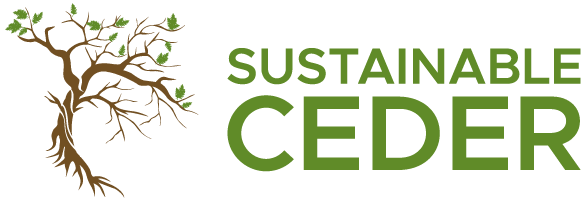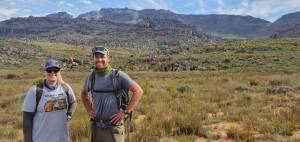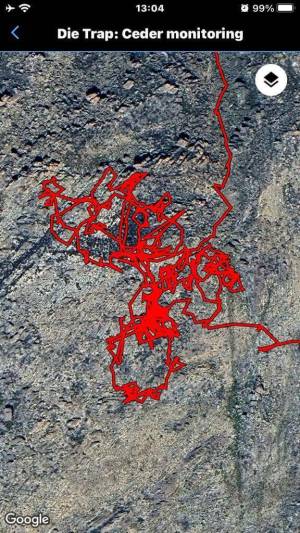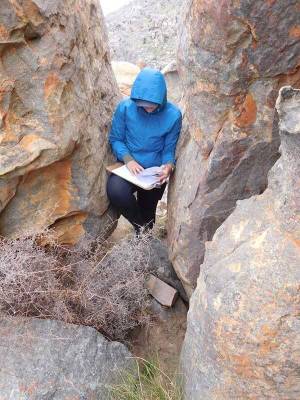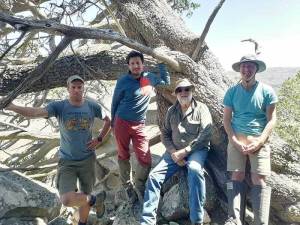Monitoring, Data Capturing & Analysis

Our data-capturing process is integral to our mission, occurring 6 and 12 months after the cedar saplings have been planted. Afterwards, monitoring is conducted on a yearly basis to obtain valuable data for management. We engage volunteers or researchers to assist in collecting essential information from designated transect sites.
Before planting, these transect sites are carefully plotted to encompass diverse environmental variables, including moisture levels, temperature ranges, and soil types. By strategically selecting these locations, we aim to gain insights into the survival rates of cedar saplings across different conditions.
